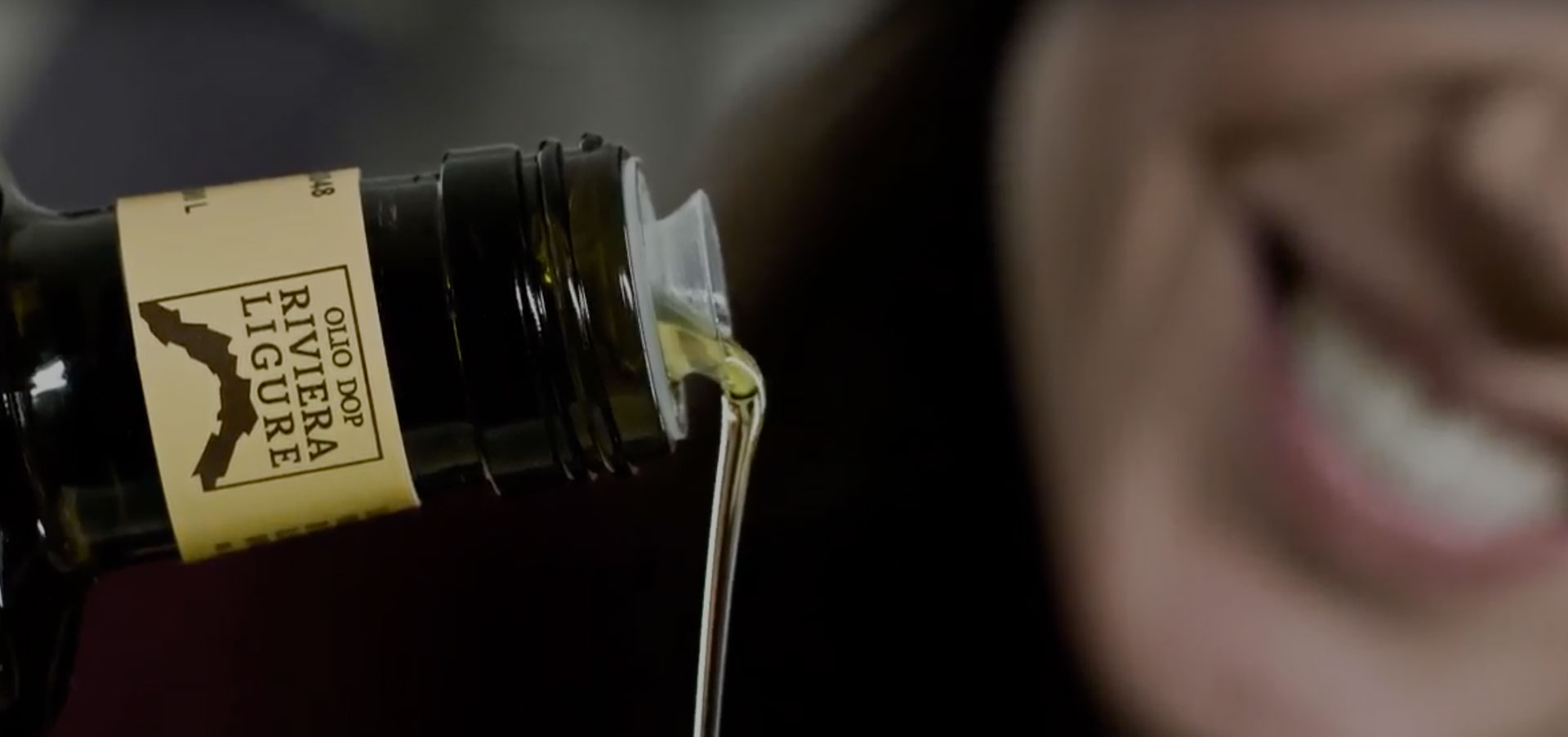The Ligurian olive grower divides the production year into two periods: the previous one to analyse the harvest and the current one to forecast the harvest. After pruning and fertilising, it is time for maintenance and prevision. Dry walls are built, which is an art in itself. Machinery is serviced. But attention is always focused on greatest of trees, the olive trees. One tries to understand how fruit setting is progressing and then to forecast the performance of the coming harvest.
As said before, the olive has a hermaphrodite flower (both the female as well as the male organs are present) with a panicle inflorescence. Like a corncob, to put it simply. In the Taggiasca cultivar, the inflorescence has 18 small white flowers. This year, blossoming went normally, lasting from mid May to mid June. Then the petals fall and fruit setting begins: if the ovary has been fertilised, its tissues get bigger to give life to the fruit, from which oil is later obtained.
Only after sixty days from full blossoming can one understand how fruit setting has gone or how many flowers will become fruit. Out of 18 flowers, it must be said, about three, on average, develop into fruit. Fruit setting below this percentage is poor. Furthermore, the harvest to come will be in proportion to the number of nodes on the end of the branch: in fact, the flower buds develop on the axils of the leaves and the fruit grows only on the previous year’s wood.
The flower buds appear at the end of winter, before the new growth begins. The harvest to come will be poorer than the previous year, due to the phenomenon of alternation. The olive tree is commonly considered a biennial bearing plant, with a plentiful yield one year normally followed by a poor one the next. This situation can change, obviously, depending on weather conditions in general as well as on human intervention: irrigation and fertilising have their own impact. It is, however, a problem that is still being studied. And this is after one hundred years of olive growing!
It seems clear that the strong yield of the previous year has inhibited current blossoming (formed in the summer of 2013). Besides this, the large quantity of fruit led to slow, delayed harvesting, which meant greater effort involved the growth as well as the reproduction phases.
Hence the yield for the 2014-2015 production year probably won’t be considerable. But if the weather is good, with rainfall well distributed through spring of 2015 (even if our land is irrigated), and dry spring and summer days, the 2015-2016 production year could be good.
In Liguria, there are almost only centuries-old trees: the age of the tree is another factor in alternating yields. It is thus necessary to intervene in the balance between growth activity and reproduction activity.
This brings us to the importance of pruning. One must understand when the branches have exhausted their reproduction capacity, and it is enough to look at how the ends have grown that year. Of course, an old branch grows less, and can also restrict growth. You mustn’t be afraid to prune, as the tree will renew itself.
The previous pages also dealt with fertilising: it is important to give the olive tree the elements that can regulate reproduction, such as boron. Feeding the leaves can provide valid help and accelerate success times.
In any case, other interventions are carried out following fruit setting.
Alternation through history.
In 1621, the subjects of the valley of Oneglia tried to replace a heavy tax on their oil imposed by the Duke of Savoy with a single payment. It was one thousand scudo, but it was better than an annual payment. This was because, as specified in a statement kept in the archives of the State of Turin, “…the olive tree bears fruit in winter every two years…”. Historical sources confirm alternation even in younger plants, but, remember, they were pruned and fertile in a less effective way.
As for much more recent times, it is useful to read the production statistics for the area that is today the province of Imperia between 1909 and 1929 published by Nello Cerisola in “Storia delle industrie imperiesi” (A History of Industries in Imperia). In this time span, scientific and quantitative analysis clearly indicates a rise and fall in production yields, in relation to the principle of annual alternation. An important detail is the great harvest of 1917: the previous year was marked by heavy rain, well distributed throughout the year. And it was a time of war: the lack of labour and of wood had led to more pruning than was usual at the time. And the results were clear to see.



